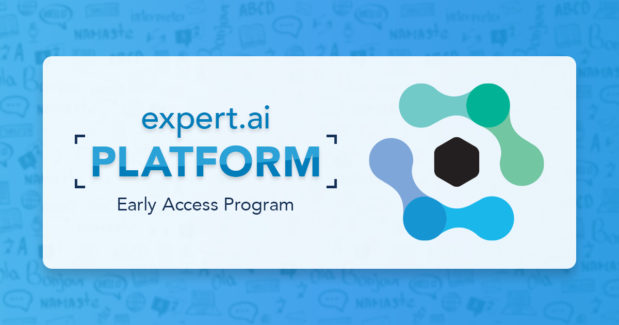
Digital content is so ubiquitous that many consumers now rely on it for their minute-to-minute content and information needs. According to the latest Pew Research study, more than eight-in-ten Americans get their news from digital devices. Given the rise of both digital content production and consumption, it’s no surprise that media, publishing and information producers are facing increasingly tough competition when it comes to attracting and retaining viewers and subscribers.
Furthermore, consumers increasingly expect more from their digital content experience. As a result, content and information producers must adapt by providing more personalized content that appeals to the individual. A robust natural language processing (NLP) solution with auto-classification capabilities can help you optimize content workflows as well as improve customer engagement.
Workflow Processes
There are a lot of moving pieces that have to come together to produce the news, videos and other information sources that so many of us use throughout the day. Making sure that all of these parts cooperate and work optimally is a monumental challenge. In fact, document challenges account for 21.3 percent of loss productivity. However, NLP-powered autoclassification tools can significantly simplify these workflow processes, allowing you to tag and categorize your content right out of the box.
You can even fully customize your own taxonomies and ontologies, so your content workflow is optimized specifically for your own industry or vertical. The results are impressive. Using the expert.ai Platform, one major news outlet was able to auto classify 1.5 million articles per day. This is ideal for an organization that needs to quickly scale up their content management process.
Competitive Edge
In media, publishing and information management, the battle for views, readers and subscribers is undeniable. Indeed, STATISTA reports that there are more than 100 million digital publishing product users. With these facts in mind, content producers and information managers need to seize every opportunity to gain a competitive edge.
With autoclassification, content is organized according to the topic of your choice, making it easy for you the producer to identify keywords and phrases for SEM and SEO purposes. This means more clicks on your content, a higher average time spent on page rate and a better chance of conversion.
In turn, you’ll also be able to better allocate resources towards producing the kind of content that is most relevant to your audience and users. This extends the shelf life of your content, which means you earn a higher ROI for your efforts. Improved and or additional revenue streams due to more targeted advertising and placement are another powerful example of the benefits of this NLP tool.
User Experience
In a competitive landscape, the quality of the user experience can make or break your success. Autoclassification can help you provide your users and subscribers the best possible experience with a more personalized content strategy. Content is automatically tagged and classified so each person who interacts with it can quickly and easily find the type of content that is most appealing or relevant to them. This is especially helpful for those who rely on your content for research or investigative purposes.
An Abode survey found that 67 percent of consumers think that brands should automatically update their content based on current context. With more targeted content, you can do just that and increase the likelihood of establishing a long-term, ongoing relationship with your audience, readers and subscribers.
Editorial Processes
If you’re in media or publishing, time is probably something you wish you had more of. Using an NLP autoclassification tool can give you back some of that valuable time and help you streamline your editorial process. Likewise, you’ll have the information you need to identify the relationship between your content types and fill any gaps in your content repository. Journalists, reporters and researchers will benefit from being able to cross-reference content and text-based materials with ease and speed.
Tools, like expert.ai Platform the offer an automated, and therefore, more productive editorial process so your team has more time to focus on top priority content and tasks. Of course, you’ll also be able to deliver your most urgent news, publications and information management resources to market faster and with greater confidence in their added value.
Media, publishing and information management are part of an ever-evolving industry. Understanding this, and how best to rise to the unique challenges that it presents can mean the difference between success and struggle. Breakthrough AI technology like NLP-backed autoclassification can help you take your content and information to the next level, ensuring a long and prosperous future for your organization.


